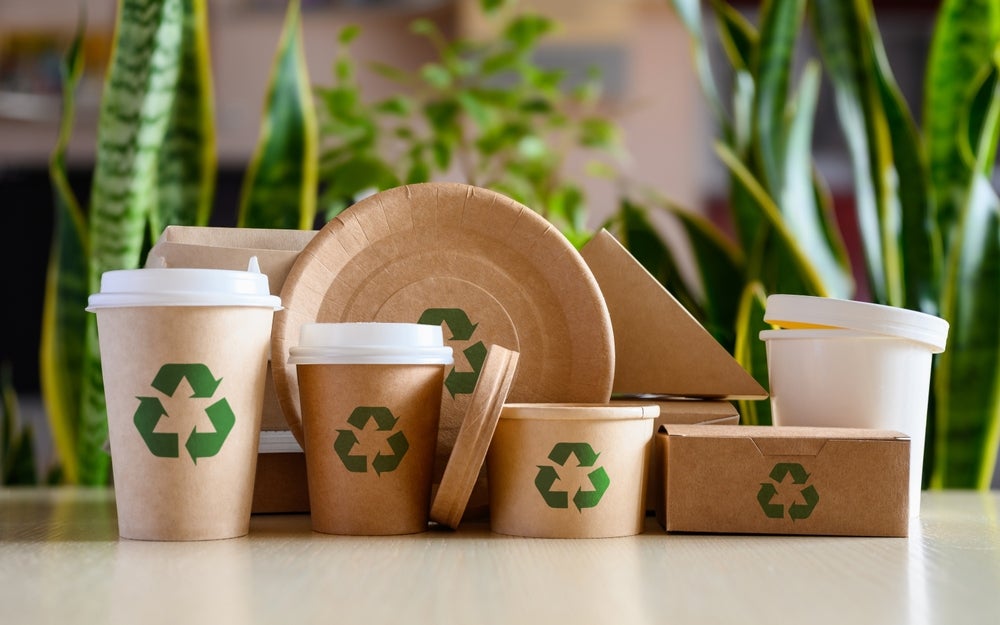
As the Black Friday to Cyber Monday shopping frenzy approaches, packaging analysis firm Sourceful estimates that a staggering 250 million packages will be shipped.
This could result in approximately 11,300t of cardboard, paper and plastic waste.
Sourceful’s analysis reveals that if all the cardboard were flattened and stacked, it would tower over The Shard three times.
The sheer volume of mailer bags used in this shopping surge could fill 99 Olympic-sized swimming pools while the parcel tape expected to be consumed could wrap around the equator twice.
Recycling progress: 74% of cardboard expected to be recycled
Despite the significant environmental impact, there is a silver lining. Sourceful estimates that 74% of the cardboard used during this shopping extravaganza—approximately 4,809t—is expected to be recycled.
However, the remaining 26%, equivalent to 1,684t, will likely end up in landfills or incinerators. Sourceful emphasises the recyclability of cardboard packaging and suggests that improved design could reduce material usage, potentially boosting recycling rates.
In response to these findings, Sourceful Wing co-founder Chan stated: “Our technology and tools are here to help businesses make better packaging choices and make it easier for their customers to reuse and recycle.”
Sourceful offers a website tool enabling businesses to assess the environmental footprint of their packaging items and explore alternative options.
Consumer demand for eco-friendly packaging on the rise
Consumer preferences are shifting toward eco-friendly packaging, with 79% actively seeking products in sustainable packaging.
Recognising this demand, retailers and e-commerce brands are gradually transitioning to more sustainable packaging options. Sourceful, with more than 91% recyclable materials in its packaging range, including paper-based tapes and recyclable LDPE mailer bags, reflects this industry trend.
Sourceful’s recent study, “Solving the Packaging Puzzle,” highlights that start-up e-commerce firms lead the sustainability charge, with 83% prioritising eco-friendly practices, despite cost challenges.
Despite having more budgetary resources, Larger retailers face difficulties in translating intentions into tangible environmental impact.
For almost half of these large firms, the primary focus is adopting more sustainable materials in their packaging supply chain, followed by educating consumers about their sustainability efforts.




